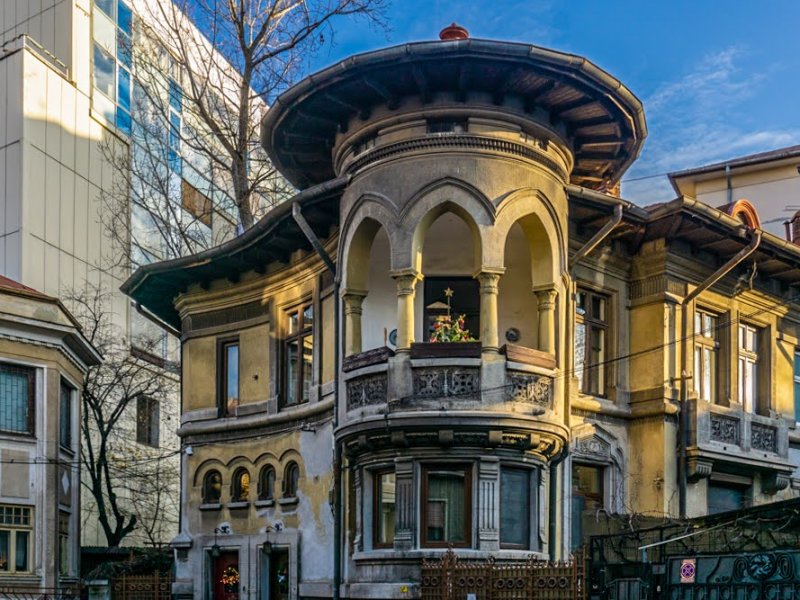The Armenian Quarter is a historic enclave in central Bucharest, nestled between Carol I Boulevard, Calea Moșilor, Strada Armenească, and Strada Maria Rosetti. Established by Armenian settlers from the 16th–17th centuries, it grew around the Armenian Church, shops run by coffee‑ and tobacco‑trading merchants, and workshops—forming one of the city’s earliest.
Today, it remains a quiet maze of narrow streets and lanes, largely untouched by mass tourism and offering a snapshot of late-19th‑ and early‑20th‑century urban life. Architectural styles here range from Neo-Mudejar to neoromanian and eclectic interwar blocks, alongside well-preserved merchant villas—like the Melik House (c.1760), now the Theodor Pallady Museum, one of Bucharest’s oldest surviving residences.
The area hosts hidden cultural gems: the Armenian Apostolic Church (1911–1915) with its Dudian Museum and archives, vibrant tea houses like Metoc Tea House and Lente Arcului, and traditional cafés where locals gather in leafy courtyards. Annual events like the Armenească Street Festival activate the streets with local art, music, and community energy.
Now, it stands as one of Bucharest’s best‑kept urban relics: unpolished, authentic, and layered with memory. A stroll here reveals the multicultural and commercial spirit of old Bucharest, far from the tourist crowds, yet rich in architectural detail and hidden histories.


